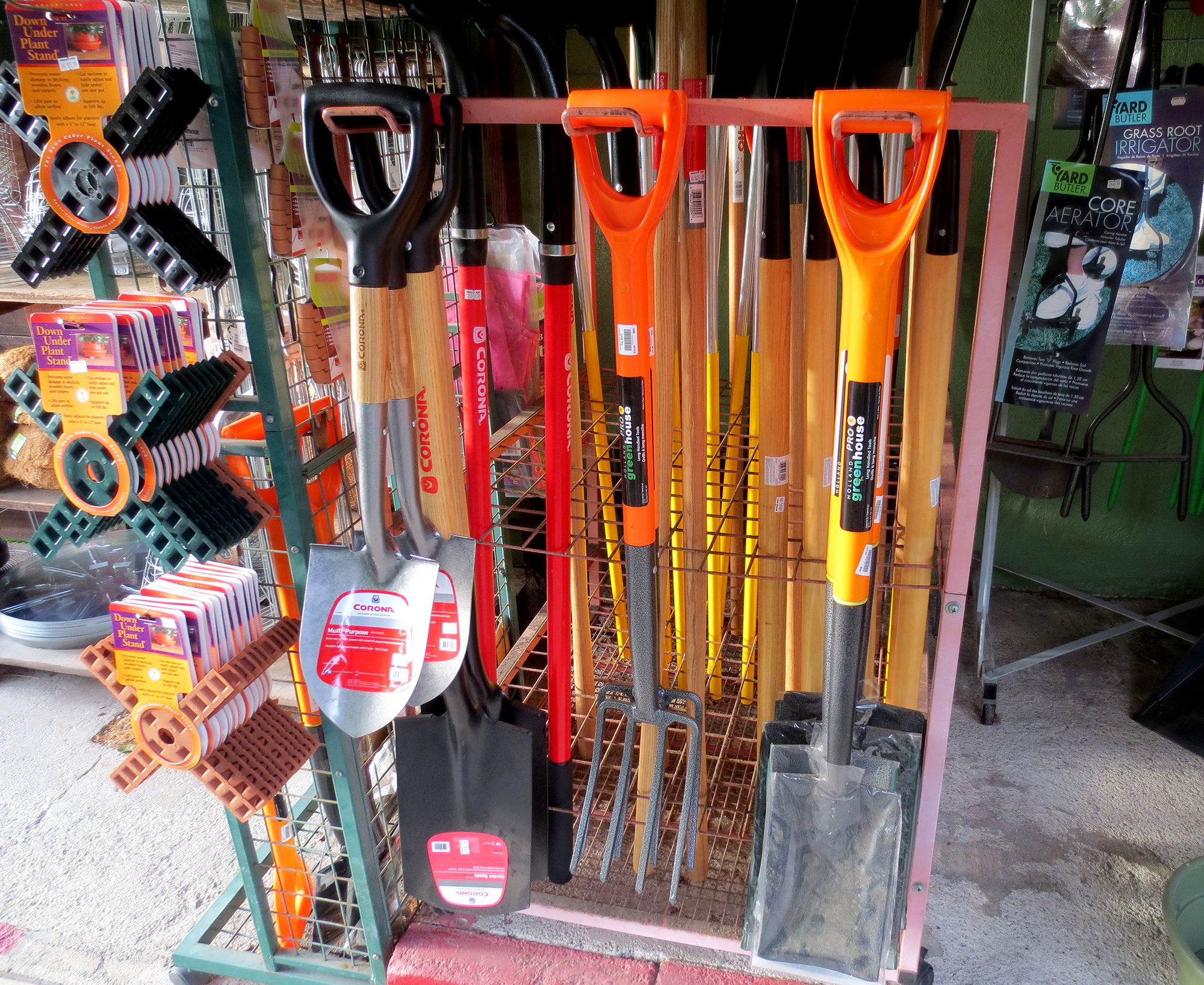Getting my garden ready for spring is one of the most pleasurable tasks that I can imagine. The anticipation of trying new plants, adding to successes, abandoning failed experiments, and just getting dirty, all have me itching to be in my garden. After months of planning it is finally time to put all of those thoughts into practice.
 Soil comes first. Whether in pots, raised beds, or in the ground, a proper planting medium will make everything easier. For temporary plantings that last only one or two years I recommend the liberal addition of composted organic matter. This can come from your own garden and food scraps, or you can pick some up here at the nursery. In so doing you will give your non-woody plants a fast start, and at the same time you will provide a healthy root zone for one or two seasons.
Soil comes first. Whether in pots, raised beds, or in the ground, a proper planting medium will make everything easier. For temporary plantings that last only one or two years I recommend the liberal addition of composted organic matter. This can come from your own garden and food scraps, or you can pick some up here at the nursery. In so doing you will give your non-woody plants a fast start, and at the same time you will provide a healthy root zone for one or two seasons.
On the other hand, for permanent plantings such as trees, shrubs and vines, I advise digging slightly oversized planting holes, removing large rocks and roots, but adding little or no organic matter. ‘Why?’ you may ask. Wouldn’t it be beneficial to our bottom line to sell more Fir Mulch, Planting Compost or Soil Booster? No doubt it would, but what we have found is that for plants that grow more than one or two seasons, the roots must ultimately cope with your native soil. It’s now or never. There are exceptions, but this is a good general rule.
Adding material to the soil surface is commonly called mulching, and I’m a believer. A mulch of decomposed organic matter applied around the base of newly-planted trees and shrubs will release beneficial acids and nutrients to percolate into your native soil; and you’ll get the additional benefit of fewer annual weeds, and better water retention as the weather warms up. To reduce insect pests consider applying a thin layer of Earthworm Castings. This amazing stuff is especially helpful in reducing coddling moth, thrips, scale, fungus gnat, and ant infestations.
“I love spring anywhere, but if I could choose I would always greet it in the garden”
—Ruth Stout
Pots and other containers require a different medium. Make sure to use only a good quality Potting Soil. You can mix your own with the proper ingredients but do not use your native soil. Water moves through the soil profile of a pot or window box differently than in the ground. And forget about those pottery shards to cover the drain hole(s); they only make matters worse.
So as I don my gardening shoes, hat, and gloves, and head outside to work in a sunny spot, I wonder what new trends will emerge among gardeners this year. For me it usually amounts to a few new berry varieties, one more fruit tree, something easy, something challenging, and of course…some new tomatoes, but I’ll wait on that.



